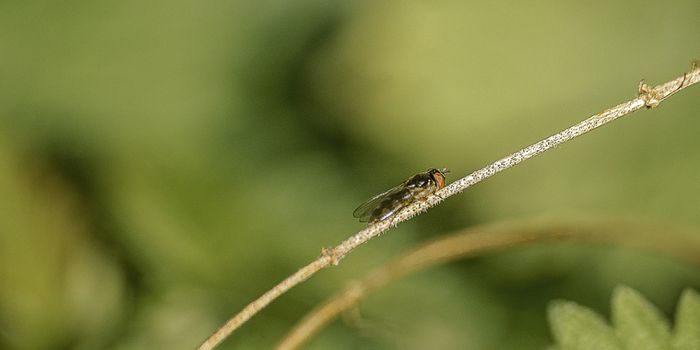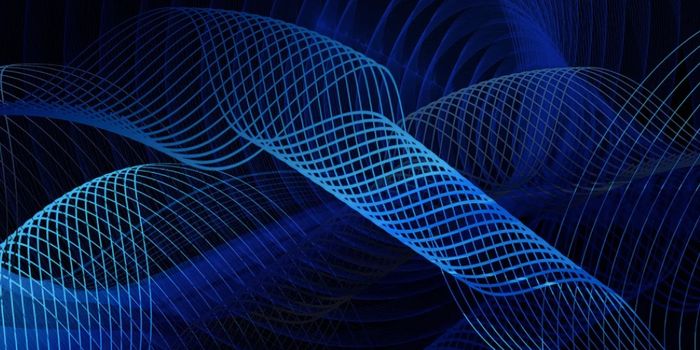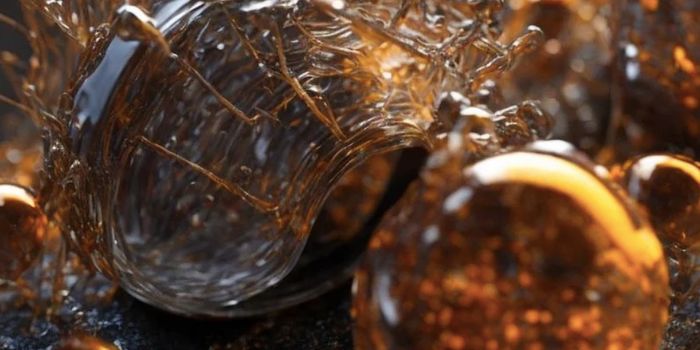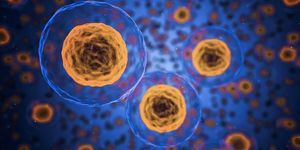New Genes Can Form From 'Jumping" Gene Fusions
Some genetic sequences don't stay in the same place in the genome. Sometimes called jumping genes or transposons, this genetic material can hop around and rearrange itself to create new sequences. Some transposons even encode for their own enzymes, and these co-called transposases can edit the genome by cutting sequences from one place and pasting them to another.
Reporting in Science, researchers have now suggested that transposable elements (TEs) can fuse with portions of existing genes that code for protein called exons, and get incorporated into genes in a process called exon shuffling to create novel genes that are functional, and express new proteins.
It's been estimated that as much as half of the human genome is made up of transposons, which are classified based on how they transpose. Some use an RNA intermediate and are called retrotransposons while the others move in a cut-and-paste method with a DNA intermediate. Transposable element insertions are known to cause disease, but we still have more to learn about that. In this new study, the researchers assessed how transposons play an essential role in evolution and the processes underlying human development.
"We think it's very likely this mechanism may extend beyond vertebrates and could be more of a fundamental mechanism that occurs in non-vertebrates as well," said the first author of the study Rachel Cosby, Ph.D. a postdoctoral researcher at the National Institutes of Health who did graduate work in the lab of senior study author Cedric Feschotte, a professor in the Department of Molecular Biology and Genetics in the College of Agriculture and Life Sciences.
"You are putting the bricks in in a different way and you construct a whole new thing," Feschotte said. "We are looking at the question of how genes are born. The originality is that we are looking at the role of transposons in creating proteins with novel function in evolution."
The researchers analyzed genomic data from hundreds of different species of four-limbed animals known as tetrapods, s superclass of animals that even includes birds and humans. The scientists were focused on combinations of genetic sequences that they thought would likely belong to the products of transposons and gene fusions. Of those, they selected genes that probably evolved within the past few tens of millions of years so the genes could be traced more easily.
Even though genes that have fused with transposases are thought to be rare, the researchers were able to find plenty of examples of them in different species. Over 100 gene and transposase fusions were found in animals in the past 350 million years, while in humans the researchers estimated that 44 genes evolved this way.
One of these genes, which is more recently evolved, is PAX6. The researchers investigated its function in more detail. This gene is crucial to eye formation in all animals and has been kept largely the same, or highly conserved, through evolution.
"If you put a PAX6 gene from a mouse into a Drosophila [fruit fly], it works," Feschotte explained. While it's not a new idea that PAX6 is the product of a transposase fusion, this work provides some evidence of it.
Another gene, KRABINER, is one that's recently evolved in bats. When the researchers removed it from the bat genome with the CRISPR gene-editing tool, they found that many genes were dysregulated. The protein encoded by the KRABINER gene binds to related transposons in the bat genome, said Cosby.
"The experiment revealed that it controls a large network of other genes wired through the past dispersion of related transposons throughout the bat genome -- creating not just a gene but what is known as a gene regulatory network," Feschotte said.
Sources: Science Daily via Cornell University, Science









